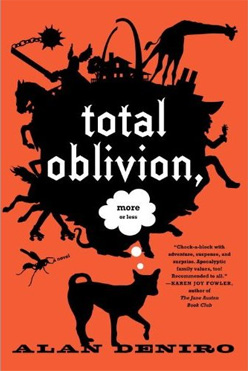vestigal pedagogy: Pure Design and Storytelling Design
from the Metropolitan Museum of Art Bulletin, June 1915:
CREATIVE designs by children, from six to fourteen years old, connected with the Greenwich House and the Little Italy Neighborhood Association, were shown in the small class room of the Museum, Saturday, May ist, to Monday, May loth, inclusive. After a mid-week lesson at the settlement the children visit the Museum Saturdays to verify the principles of design learned in the class room.
The first phase deals with the arrangement of straight lines, lines with angles, dots, and areas or “spots.” These, used in balance, harmony, and rhythm, show a knowledge and appreciation of the fundamentals of Pure Design.The Story-Telling Design, or second phase, trains the memory and inventive capacity of the child in vivid and pleasing expression. A fable or fairy tale read to the children is conceived by them as a motif in lines and spots. This little motif, discouraging as a unit, often grows into a decorative all-over design, when used as a repeat, which frequently shows a sense of humor and a grasp of animal nature. The basic principles of design are employed in the story-telling designs also.
…
With evident grasp for movement and a logical rendering of the whole mass, they have drawn animals as a spot which has a meaning; to increase the sense of form this spot has been inclosed within a definite space, called a” puzzle box” by the children.
The second part of this is fascinating. It feels so antiquated and contemporary at the same time.




